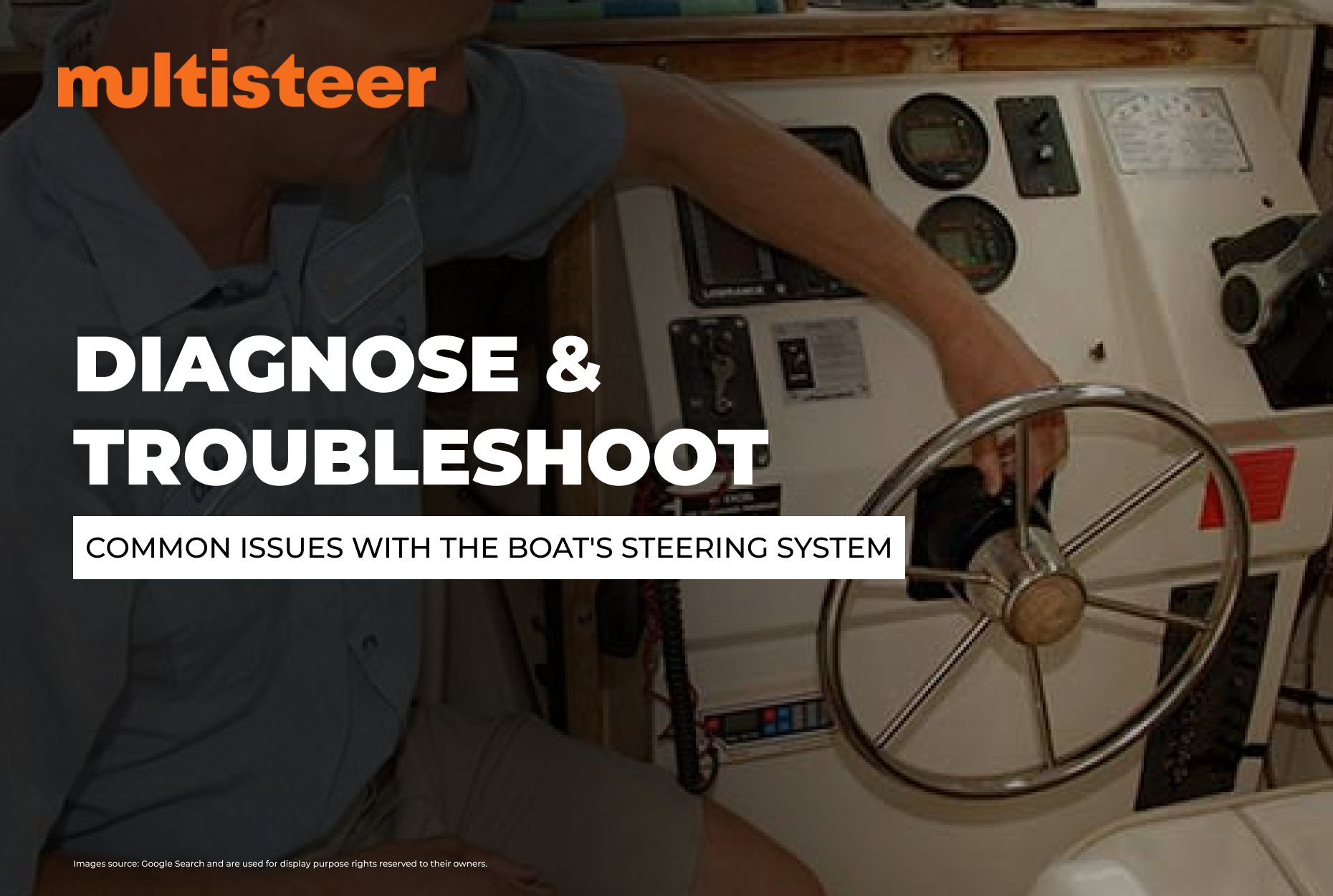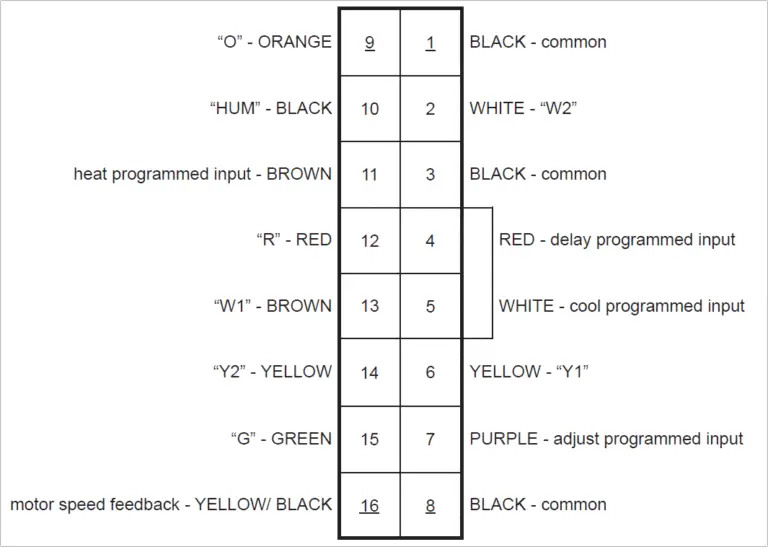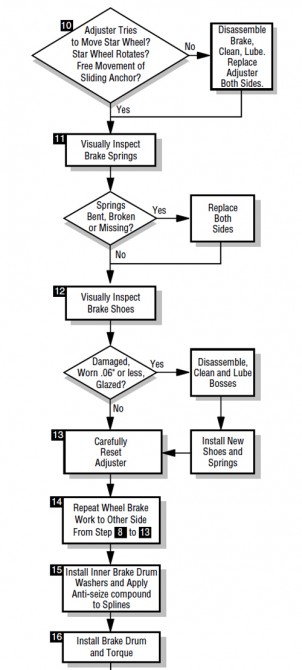Hydraulic Steering Boat Troubleshooting: Expert Tips & Fixes
Picture this: you’re out on the open water, the sun is shining, and the waves are gently lapping against your boat. It’s a perfect day for sailing.
But suddenly, your hydraulic steering starts acting up. Frustrating, right? Understanding hydraulic steering issues can save your day on the water. Don’t let unexpected problems ruin your boating experience. We’ll dive into the common problems that can occur with hydraulic steering systems on boats, and more importantly, how you can troubleshoot them.
Whether you’re dealing with stiff steering, leaks, or unresponsive controls, we’ve got the solutions you need. Let’s turn those steering woes into smooth sailing, ensuring every trip on your boat is as enjoyable as it should be. Stay with us and learn how to keep your boat’s steering in top shape, so you can focus on the thrill of the open sea.

Credit: multisteer.com
Common Hydraulic Steering Issues
Hydraulic steering systems on boats are renowned for their smooth operation and reliability. However, like all mechanical systems, they can encounter issues that need attention. Identifying and resolving these common hydraulic steering problems can ensure that your boating experience remains seamless and enjoyable. Let’s dive into some of the usual suspects that might be causing your steering troubles.
Leak Detection
Leaks in your hydraulic steering system can be elusive yet detrimental. You might notice steering fluid pooling around the helm or near the steering cylinder. This could indicate a loose fitting or a worn-out seal. Regularly inspect hoses and connections. Tighten any loose parts and replace damaged seals promptly. Don’t ignore small leaks; they can lead to bigger problems.
Steering Fluid Problems
Is your steering wheel feeling stiff or unresponsive? The culprit might be the steering fluid. Check its level regularly. If you find it low, refill it with the right type of hydraulic fluid. Be cautious of fluid contamination. Dirt or debris can compromise your system’s performance. Ensure the fluid is clean and change it if necessary.
Air In The System
Air trapped in the hydraulic system can cause erratic steering behavior. You might experience steering delays or a spongy feel when turning the wheel. Bleed the system to remove air bubbles. This involves opening bleed screws and steering back and forth. It’s a simple process but crucial for maintaining smooth operation. Have you ever wondered why your steering feels off after maintenance? Air might have sneaked in during fluid changes.
Understanding these common issues can make a significant difference in your boating experience. Regular maintenance and vigilance can keep your hydraulic steering system in optimal condition. Have you faced any of these issues before? How did you tackle them?

Credit: www.boats.net
Tools For Troubleshooting
Hydraulic steering systems are vital for smooth boating experiences. Troubleshooting these systems requires the right tools. Having the correct equipment ensures efficient repairs and minimizes downtime. This section highlights essential tools and safety gear for effective troubleshooting.
Essential Toolkit
A basic toolkit should include wrenches and screwdrivers. These tools help in dismantling components. A pressure gauge is necessary for checking hydraulic pressure. It helps identify leaks or blockages. An oil catcher prevents spills during repairs. This keeps the workspace clean. Spare hydraulic fluid is crucial. It ensures systems run smoothly after repairs. A flashlight aids in examining tight spaces. This ensures no issue goes unnoticed.
Safety Gear
Safety goggles protect eyes from fluid splashes. They are essential during hydraulic repairs. Gloves are crucial for hand safety. They prevent cuts and bruises. A safety mat provides a non-slip surface. It ensures stability during repairs. Ear protection is needed in noisy environments. It protects hearing from loud machinery. A first aid kit should be nearby. It addresses minor injuries quickly.
Step-by-step Diagnostic Process
Troubleshooting hydraulic steering systems on boats can be a daunting task. Following a structured approach simplifies the process. A step-by-step diagnostic process helps identify issues efficiently. It involves checking the system thoroughly. This ensures your boat’s steering remains smooth and reliable.
Visual Inspection
Start by examining the hydraulic steering system visually. Look for leaks in hoses and connections. Check if fittings are secure and intact. Inspect the hydraulic fluid level. Low levels may indicate leaks or improper maintenance. Look for signs of wear or damage in the steering components. A visual inspection often reveals obvious problems.
Testing Hydraulic Pressure
Next, test the hydraulic pressure within the system. Use a pressure gauge to measure the fluid pressure. Compare readings with the manufacturer’s specifications. Low pressure indicates potential leaks or pump issues. High pressure might suggest blockages or system malfunctions. Testing pressure helps pinpoint specific areas needing attention.
Assessing Steering Response
Finally, assess the steering response of the boat. Observe how the wheel reacts when turned. Ensure the steering is smooth and precise. Note any delays or stiffness during operation. Poor steering response can stem from fluid issues or mechanical faults. Adjustments or repairs may be necessary for optimal performance.
Effective Solutions And Repairs
Troubleshooting hydraulic steering boats involves identifying leaks and checking fluid levels. Proper maintenance ensures smooth and safe steering operations. Regular inspection can prevent costly repairs and enhance boating experience.
Troubleshooting hydraulic steering issues on your boat can seem daunting, but effective solutions are within reach. A functional hydraulic system is crucial for smooth sailing. Whether you’re a seasoned boater or new to the water, understanding some basic repair techniques can make a significant difference. In this guide, you’ll find practical solutions that can save you time and keep your boating adventures trouble-free.Sealing Leaks
Leaking hydraulic fluid can hinder your steering performance. Start by identifying the leak’s source, often found in hose connections or seals. Tighten loose fittings and replace worn-out seals to prevent further leakage. Using a sealant specifically designed for hydraulic systems can add an extra layer of protection. Have you ever found yourself stranded due to a minor leak? Addressing it promptly ensures you won’t face such inconveniences.Replacing Steering Fluid
Old or contaminated fluid can cause your steering to feel sluggish. Draining the old fluid and replacing it with fresh, manufacturer-recommended fluid can restore performance. Ensure you’re using the right type of fluid for your specific system to avoid damage. Regularly checking and replacing steering fluid can extend your system’s life. Are you aware that ignoring fluid changes can lead to costly repairs?Bleeding The System
Air bubbles in the hydraulic lines can lead to unresponsive steering. Bleeding the system involves removing these bubbles to ensure smooth operation. Use a bleeding kit or follow the manufacturer’s instructions for best results. Bleeding the system might seem complex, but it’s a straightforward process with the right tools. Have you ever noticed your steering wheel feeling less responsive? Bleeding could be the solution you need. By addressing these common issues, you can maintain a reliable hydraulic steering system. Regular maintenance and timely repairs not only enhance your boating experience but also extend your boat’s lifespan.Preventive Maintenance Tips
Hydraulic steering systems in boats offer smooth and reliable control. Proper maintenance prevents unexpected issues. Regular checks and simple care keep your system running well. This guide helps you maintain and troubleshoot effectively.
Regular System Checks
Inspect the steering system every month. Look for leaks or worn parts. Check hoses and connections for any damage. Tighten loose bolts to ensure stability. Regular checks help catch problems early. A simple routine can save big repairs.
Fluid Quality Maintenance
Hydraulic fluid keeps the system smooth. Check fluid levels regularly. Low fluid may cause steering issues. Use the recommended fluid type. Change the fluid every year. Fresh fluid keeps the system efficient. Avoid using old or contaminated fluid.
Professional Inspections
Get a professional inspection annually. Experts can spot hidden issues. They have tools to test system performance. Professional checks ensure optimal operation. This prevents unexpected failures at sea. Invest in expert assessments for peace of mind.

Credit: www.youtube.com
When To Seek Professional Help
Experiencing persistent steering issues on your boat signals it’s time for expert help. Strange noises or fluid leaks indicate potential hydraulic problems needing professional attention. Don’t delay addressing these signs to ensure safe and smooth sailing.
When you’re out on the water, a smooth and reliable steering system is crucial for your safety and enjoyment. However, hydraulic steering systems can sometimes present challenges that require a professional touch. Knowing when to call in an expert can save you time, money, and stress. So, when should you seek professional help?Complex Repairs
If your hydraulic steering system requires intricate repairs, it’s best to consult a professional. Handling complex repairs without the proper expertise could lead to further damage or even compromise your safety. A friend once attempted to fix his hydraulic pump on his own, only to end up stranded because he missed a critical component. Don’t let that be your story. If you’re facing a repair that seems overwhelming, it’s wise to reach out to someone who understands the intricacies of hydraulic systems.Persistent Issues
Are persistent issues plaguing your steering system despite your attempts to fix them? This could indicate underlying problems that aren’t immediately obvious. Imagine noticing the steering wheel pulling to one side and tightening connections or refilling fluid doesn’t help. Persistent problems like these often mean there’s a deeper issue, such as a faulty cylinder or air trapped within the lines. Tackling these without proper knowledge can lead to a never-ending cycle of frustration. It’s worth asking yourself: How much time and effort are you willing to invest before seeking professional help? Sometimes, letting go of the DIY approach and trusting an expert can be the most practical choice.Conclusion
Troubleshooting your boat’s hydraulic steering is crucial for smooth sailing. Regular checks can prevent costly repairs. Listen for unusual noises. They might indicate air in the system. Watch for leaks. They can cause steering failure. Maintain fluid levels for optimal performance.
Always use the right hydraulic fluid. Consult your manual for guidance. Seek professional help if issues persist. Safety comes first on the water. A well-maintained steering system ensures a safe journey. Keep your boat’s steering in top condition. Enjoy worry-free adventures on the open sea.






